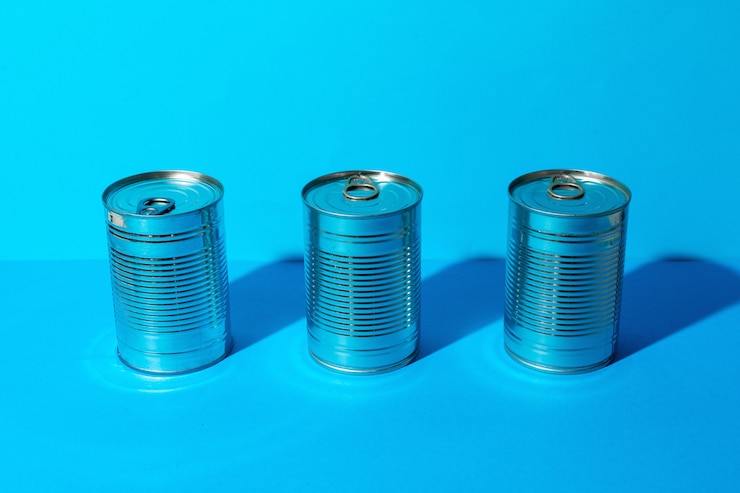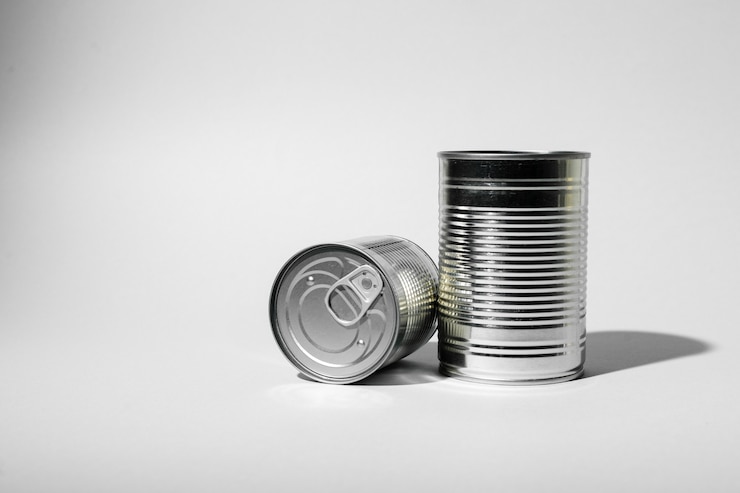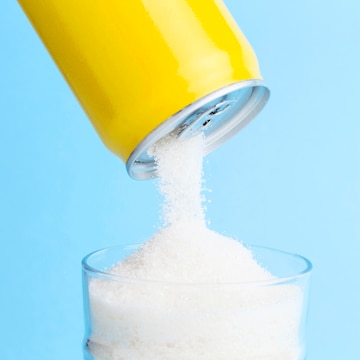
When purchasing a can of soda, most people don’t think twice about its size. However, for those measuring calorie intake, mixing drinks, or simply curious about beverage packaging, knowing how many ounces are in a standard can of pop is essential. The standard soda can size varies worldwide, but in the United States, a regular can of pop typically holds 12 fluid ounces (355 milliliters). But why is this the standard size, and what are the other common soda can sizes available? This article explores the history, variations, and reasons behind different soda can sizes.
The Standard Size: 12 Ounces in the U.S.
In the United States, the 12-ounce (355 mL) aluminum can is the most commonly available soda can. This size has been the industry standard for decades and is widely used by brands like Coca-Cola, Pepsi, Dr Pepper, and Mountain Dew. The 12-ounce can is convenient for single servings and easy to carry. It also fits well in vending machines, cup holders, and refrigerators.
The reason behind this specific measurement dates back to bottling and packaging efficiency. When soda transitioned from glass bottles to cans in the mid-20th century, manufacturers determined that 12 ounces was an ideal portion for consumption while also being cost-effective for production. Today, this size remains the default in most supermarkets, convenience stores, and fast-food chains across the U.S.
Other Common Soda Can Sizes

While the 12-ounce can is standard, soda manufacturers offer multiple size variations to cater to different consumer preferences. Here are some of the most common options:
- Mini Cans (7.5 Ounces / 222 mL)
Mini cans have gained popularity in recent years as a lower-calorie and portion-controlled option. They contain about 100 calories compared to the 150-180 calories in a standard 12-ounce can. Many health-conscious consumers prefer mini cans as they allow them to enjoy soda without excessive sugar intake. - Tall Slim Cans (8.4 Ounces / 250 mL)
These are often seen in energy drinks like Red Bull, but some soda brands also offer them. The slim design appeals to those who prefer a sleeker look or a slightly smaller serving than the standard can. - 16-Ounce (473 mL) Cans
Larger cans, often labeled as “tall boys,” are common in convenience stores. They are favored by those who want more soda in a single serving. These are frequently used for iced teas, flavored waters, and certain energy drinks. - 20-Ounce (591 mL) Plastic Bottles
Though not technically a can, the 20-ounce plastic bottle is another common size, especially in vending machines and gas stations. It provides a larger quantity of soda for those who want more than the standard 12-ounce portion. - Large Cans (24-32 Ounces / 710-946 mL)
These oversized cans are typically found in gas stations and are popular among soda enthusiasts who want a long-lasting drink. However, they contain significantly more sugar and calories.
Why Are There Different Soda Can Sizes?
The availability of various soda can sizes is largely due to marketing strategies, consumer demand, and regional preferences. Some of the key reasons why soda brands offer multiple sizes include:
- Portion Control: Many people are looking to reduce sugar consumption, so smaller cans provide a way to enjoy soda in moderation.
- Marketing and Branding: Certain can designs, like the slim 8.4-ounce can, cater to a more premium or trendy audience.
- Convenience and Pricing: Larger cans offer more value for money, making them appealing to budget-conscious consumers.
- Regional Differences: In some countries, the 330 mL (11.2-ounce) can is standard instead of the 12-ounce (355 mL) can used in the U.S.
The variations allow brands to cater to different audiences while maintaining a strong market presence.
Soda Can Sizes Around the World
Soda can sizes are not universal; different countries have their own standard measurements. Here’s how they compare:
- United States & Canada: 12 ounces (355 mL)
- United Kingdom & Europe: 330 mL (11.2 ounces)
- Australia & New Zealand: 375 mL (12.7 ounces)
- Japan: 350 mL (11.8 ounces) and 500 mL (16.9 ounces)
- Mexico: 355 mL (12 ounces) and 600 mL (20.3 ounces in bottles)
These variations arise due to historical manufacturing choices, packaging regulations, and consumer demand in different regions.
How Can Sizes Affect Sugar and Calorie Intake?

The size of a soda can significantly impacts the amount of sugar, calories, and caffeine consumed. Here’s a breakdown of the sugar and calorie content in different can sizes for a standard cola:
- 7.5-ounce can: ~90-100 calories, ~25g sugar
- 12-ounce can: ~150-180 calories, ~39g sugar
- 16-ounce can: ~200-250 calories, ~50g sugar
- 20-ounce bottle: ~240-270 calories, ~65g sugar
For those monitoring their sugar intake, smaller cans or sugar-free diet sodas can be better alternatives.
Frequently Asked Questions (FAQ)
1. Why is the standard soda can 12 ounces in the U.S.?
The 12-ounce size became standard in the mid-20th century because it provided a convenient single-serving portion while being cost-effective for manufacturers. It also fit well in vending machines and coolers.
2. Are there any health benefits to choosing smaller soda cans?
Yes, smaller cans help control portion sizes, reducing overall sugar and calorie intake. Many health-conscious consumers opt for mini cans (7.5 ounces) as a way to enjoy soda in moderation.
3. What is the difference between a 12-ounce soda can and a 330 mL soda can?
A 12-ounce (355 mL) can is slightly larger than a 330 mL (11.2-ounce) can, which is common in Europe. The difference is minor but can add up in terms of sugar and calorie intake over time.
4. Why do energy drinks come in different can sizes?
Energy drinks often use 8.4-ounce slim cans to stand out and create a premium image. Some brands also offer 16-ounce cans for those wanting a larger boost of caffeine.
5. Do soda can sizes impact pricing?
Yes, larger cans offer better value per ounce, while smaller cans tend to be more expensive per ounce but are marketed for portion control.
Conclusion
Soda can sizes vary based on regional preferences, marketing strategies, and consumer demand. In the U.S., the 12-ounce can (355 mL) remains the industry standard, but other sizes like 7.5-ounce mini cans, 16-ounce tall cans, and 20-ounce bottles provide consumers with more choices. Understanding these variations can help individuals make informed decisions about sugar intake, portion control, and pricing. Whether you prefer a smaller, controlled portion or a larger serving, knowing the different soda can sizes ensures you pick the one that best suits your needs.